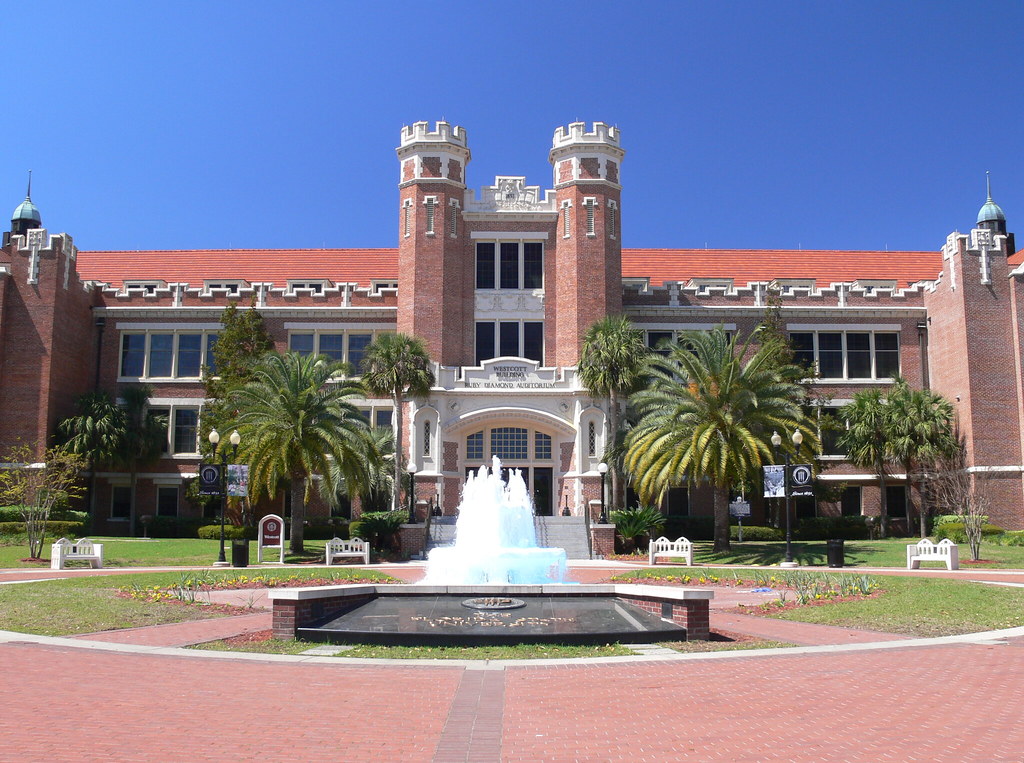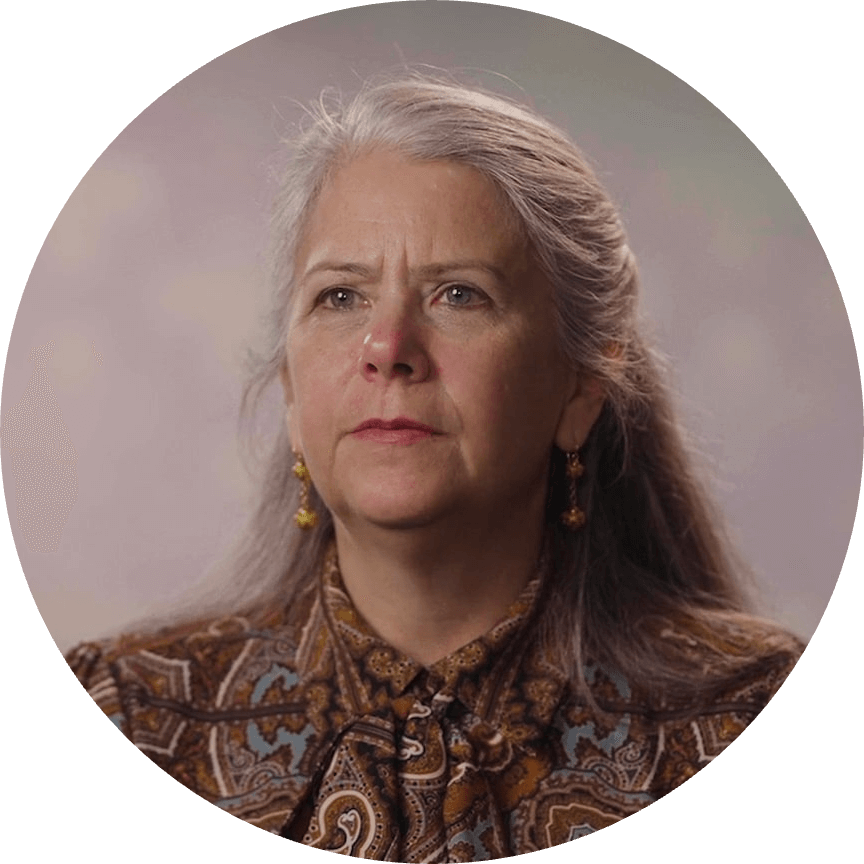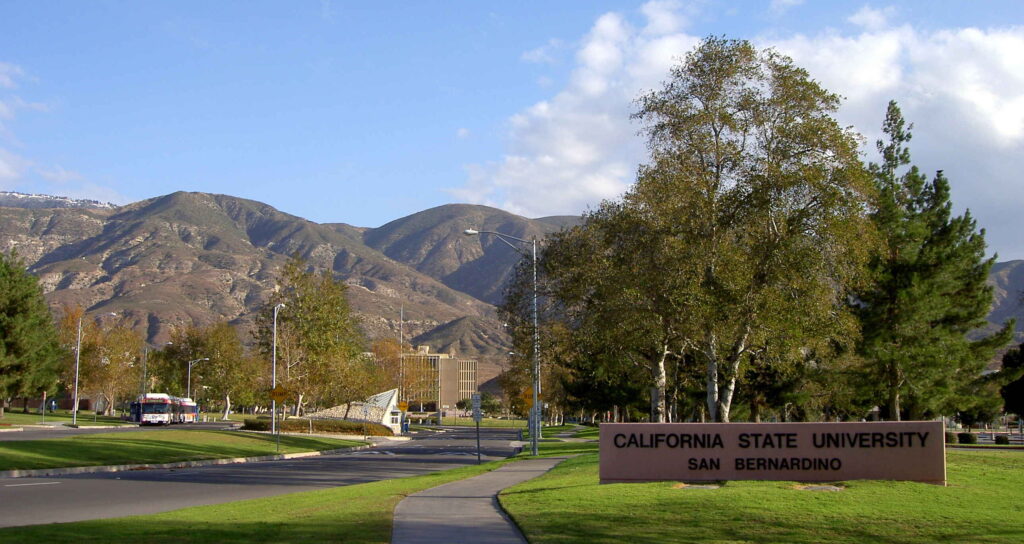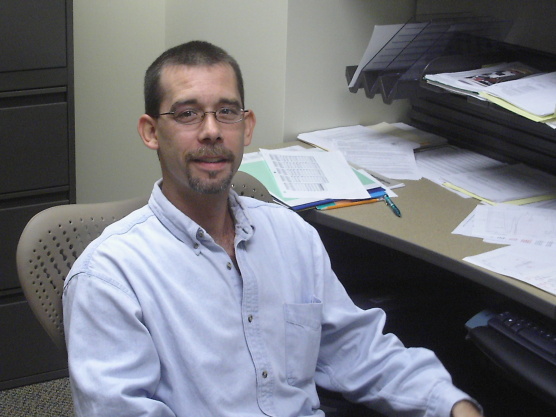Increasing Grades and Reducing DFW Rates in Chemistry
300+
General Chemistry students taught per semester
9.35%
attrition rate in Dillon’s General Chemistry I class after using Top Hat and Aktiv Chemistry
23%
improvement in the number of ‘A’ students in Fall 2022 compared to Fall 2017

The Challenge
Too many students were withdrawing from Professor Dillon’s General Chemistry courses
How do you ensure students get the help they need when they’re struggling? This was the challenge that Professor Stephanie Dillon, General Chemistry and Biochemistry instructor, and her Chemistry colleagues at Florida State University came up against in 2017. The number of students receiving a D, F or who withdrew from General Chemistry I courses across the department hovered around 28 percent at the time. Dillon and her peers knew they could either change what they taught, and reduce the breadth of the lessons covered, or change how they taught. Dillon opted for the latter.
In her role as Director of Freshman Chemistry Labs, she saw a concerning pattern among 2,500 Chemistry students taught across eight class sections. When presented with a complex problem, students would automatically turn to Google. “Students are trained to plug in a problem online and get answers immediately. Instead, we need to encourage them to use their brain,” Dillon shares.
To hold students accountable and prepare them for future coursework and their careers, Dillon decided to flip her classroom. But she quickly found that the tools at her disposal weren’t up to par. Data revealed that students weren’t watching her recorded lectures nor completing their readings. Paper worksheets only made for delayed feedback during in-class homework sessions. Frustrated with the inability to administer practice problems at scale, Dillon began seeking out alternative platforms and soon found the combined capabilities of Top Hat and Aktiv Chemistry as the perfect fit.
The Solution
Offering a robust, flipped learning experience with Top Hat and Aktiv Chemistry
Using Top Hat and Aktiv Chemistry together made a world of difference. Before attending class, Dillon uses Top Hat to house pre-recorded lecture videos and quizzes on lecture content. Putting all of her course materials in one place makes learning more effective and efficient for students, with an added bonus: an uptick in lecture views. She also uses the dynamic courseware platform to administer ‘workup worksheets’ that guide students step-by-step through foundational material in advance of live classes. “I believe you have to present information in three ways: the scientific and highly academic way, in layman’s terms with analogies, and the visual way with pictures. Top Hat lets me do all three,” says Dillon.
In class, Dillon flips over to Aktiv Chemistry, an active learning platform that helps students tackle common pain points such as drawing chemical structures, dimensional analysis, nomenclature, equilibrium, and more. She’s now able to gauge how well students have absorbed her material, even allowing them to discuss their logic with peers without worrying about cheating thanks to Aktiv’s algorithm-based question randomization. And better yet, Aktiv Chemistry offers the real-time, guided feedback students need to understand where they went wrong. Once class ends, students can review all homework sets again in Aktiv, allowing for further practice.
Using Aktiv has made class time valuable to every student, with frequent opportunities to cement their understanding of key concepts in a low-stress and low-stakes environment. Four years in, her new course DFW rates speak volumes to the impact rigor mixed with greater support has had on student outcomes.
The Results
Drastically improved DFW rates and final grades
Changing how—not what—Dillon teaches has truly paid off. Constant practice paired with guided and instant feedback has led to dramatically improved outcomes. Data from Dillon’s General Chemistry I classes show that DFW rates have been reduced from 31 percent in Fall 2017 to 9.35 percent in Fall 2022—an impressive 22 percent difference. Dillon attributes these figures to increased practice, and more importantly, the emphasis on rigor throughout the course experience.
DFW rates aren’t the only metric that’s trending in the right direction. Dillon also noted a boost in the percentage of ‘A’ students in her course section. In Fall 2022, 45 percent of her students received an ‘A’ grade compared to 22 percent in Fall 2017, representing a 23 percent improvement. “Students know that you get out of this class what you put in. Half of the class receives an ‘A’ because they truly learned,” Dillon proudly says. “My students are now tutoring others in Chemistry. It’s what we’re there for as a university: to not just teach material, but to build confidence.”
“Students know that you get out of this class what you put in. Half of the class receives an ‘A’ because they truly learned.”









